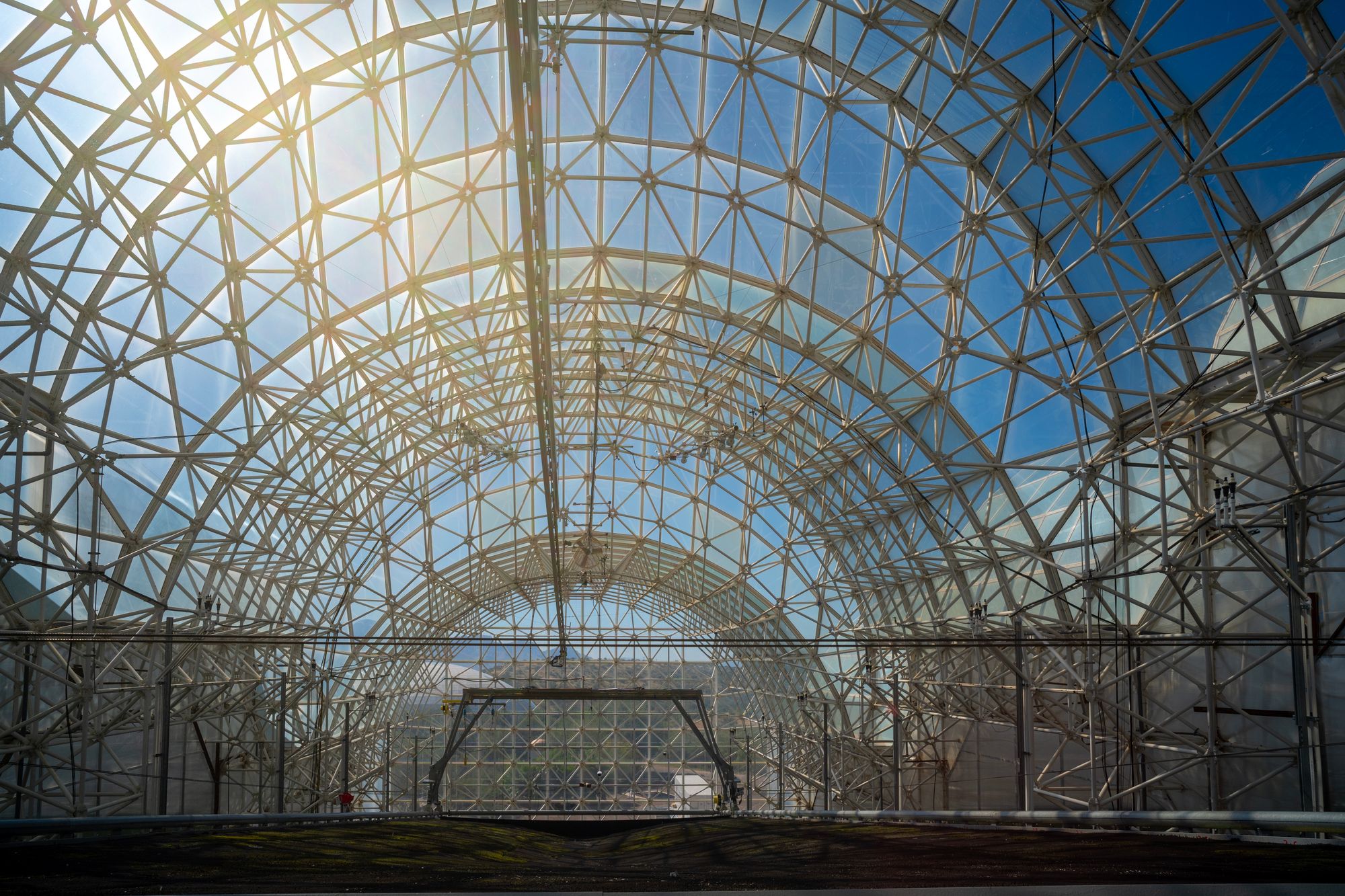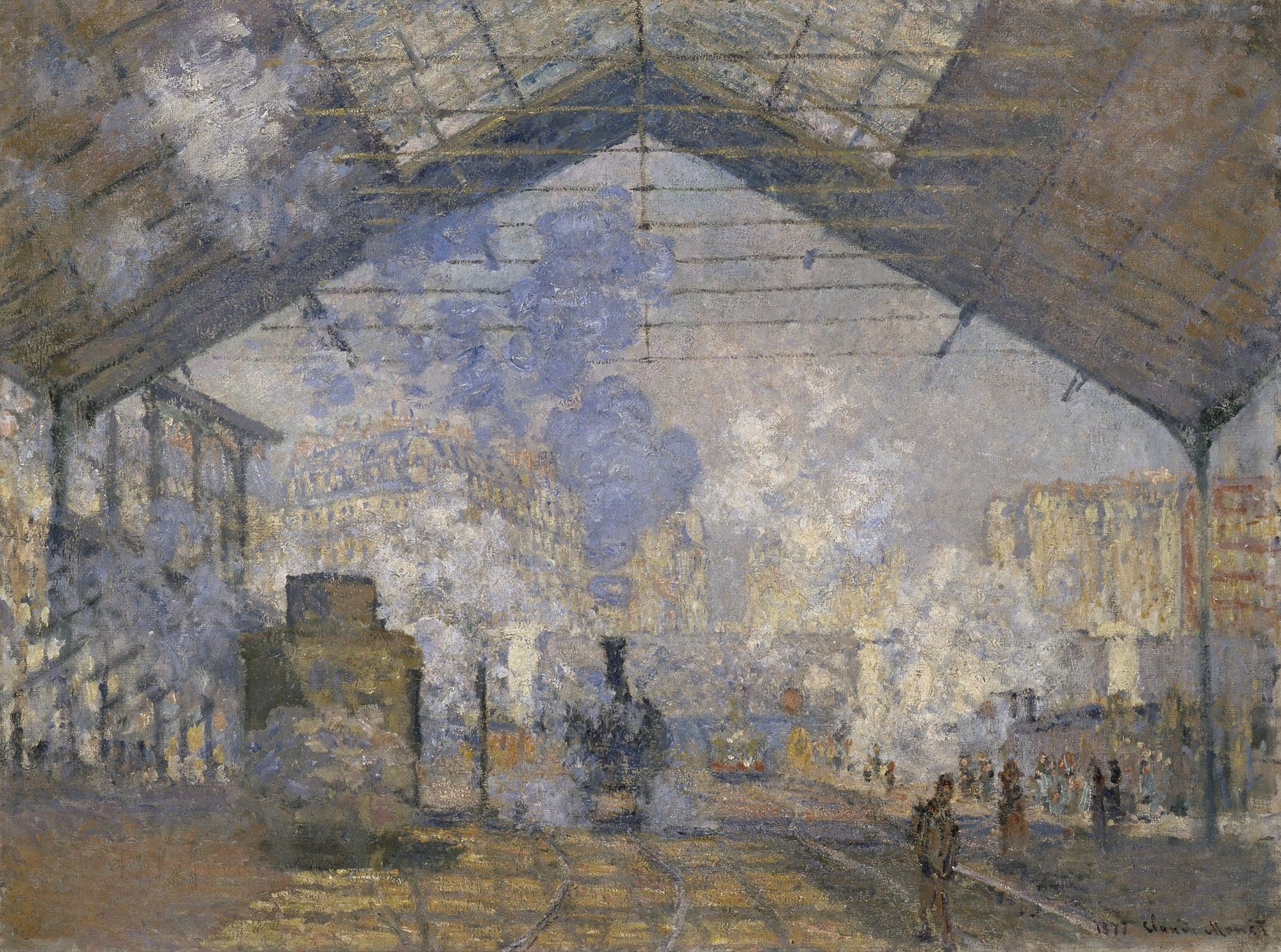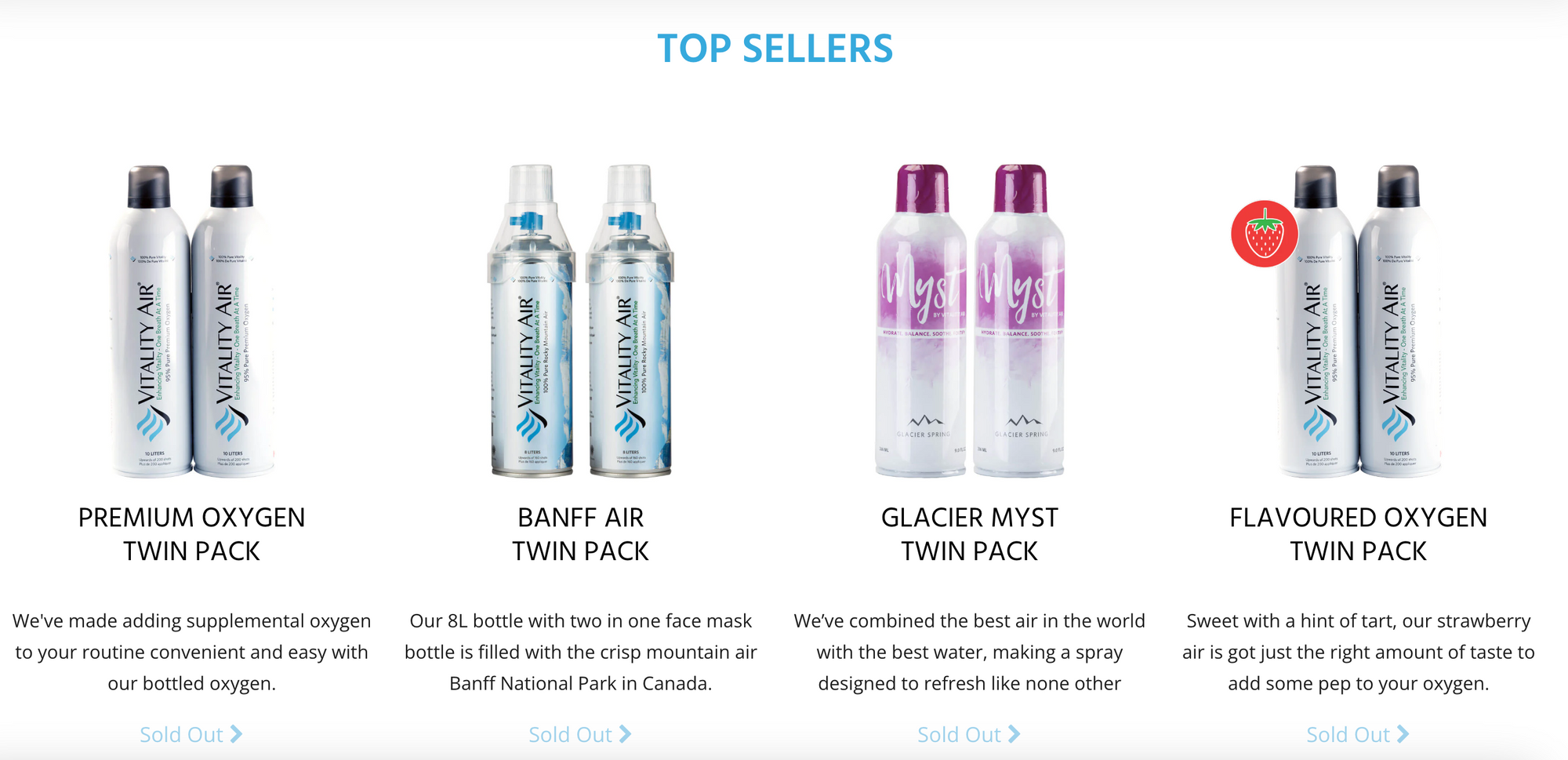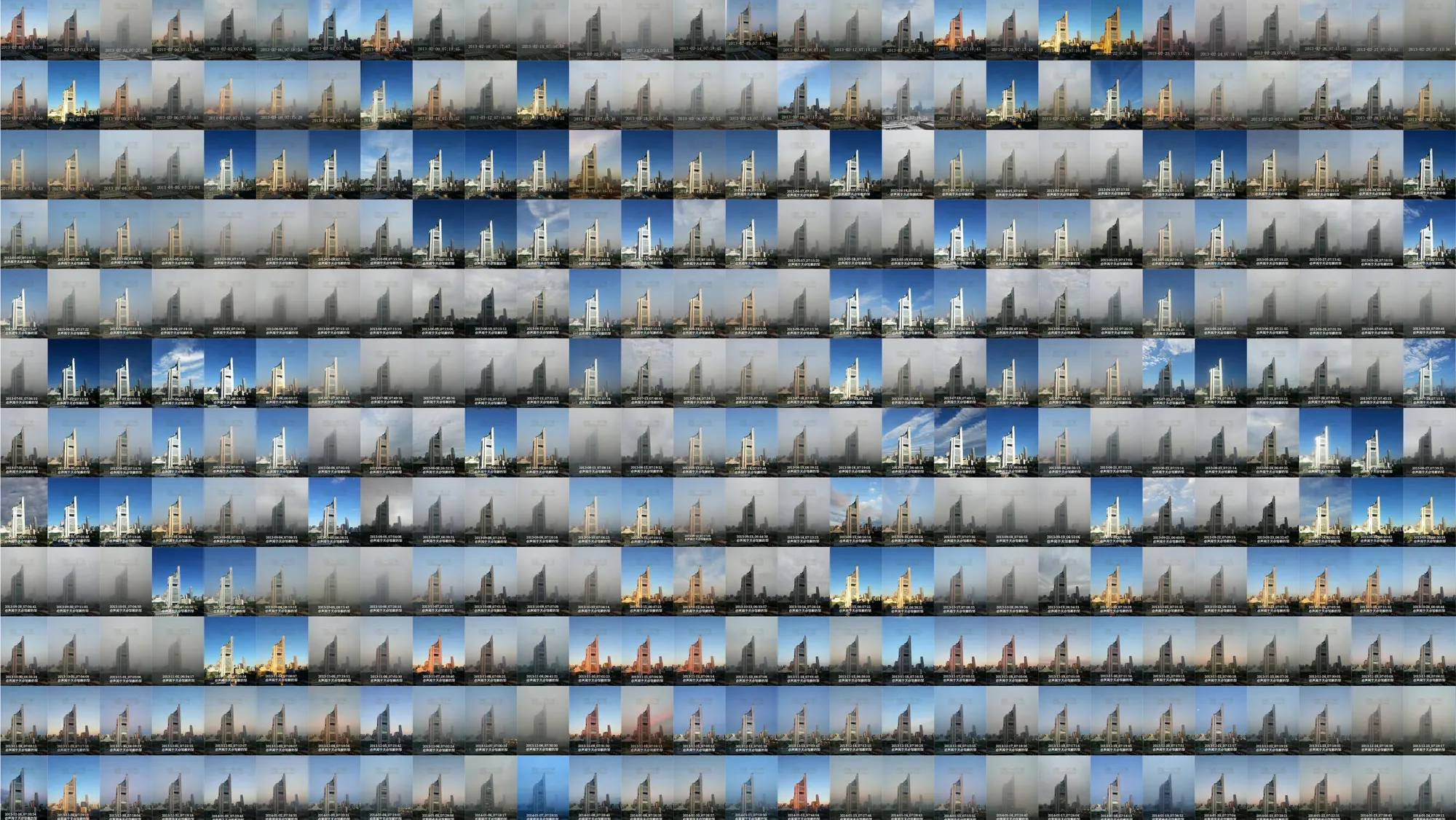LEARN MORE
In the early 01990s, a team of eight scientists and researchers were hermetically sealed into a series of geodesic domes to live for two years. Motivated by a vision of the future in which we might fully simulate nature itself, Biosphere 2 (a humble successor to Biosphere 1, which is what the researchers called planet Earth) would aim to recreate a world in miniature: a complete ecosystem that would allow these econauts to exist in their glass cages in perpetuity. After a few months, however, the habitat became dangerous. Microbes in the soil were churning out CO2 at rates that the young plants couldn’t absorb. Asphyxiation was encroaching. Eventually, a truck had to come in and pump oxygen directly into the structure, breaking the experiment’s hermetic seal and reintegrating it with the broader world — an emergency measure taken after the resident doctor began to struggle with the simple task of adding a column of numbers together.
Though this surreal excursion into the limits of environmental simulation might initially appear far-fetched, it is in many ways a synecdoche for our contemporary relationship to the built and natural world. We’ve long been attempting to craft our own personalized biospheres. From our air-conditioned, seat-warming cars to our massive office buildings with secured windows and central air, we’ve created a comprehensive range of self-contained habitats designed to be immune to outside conditions, capable of being regulated and manipulated at will. The sociologist Jean Baudrillard sensed this fact when, writing on the project, he claimed that “when you leave this virtual biosphere to go back into the real, you notice that the whole of American society is already living in the same conditions… of the biosphere module.” This simulacral logic would be readily adopted by neoliberal capitalism as companies looking for new avenues of profit would begin to productize these simulated environments — transforming the very air we breathed into a manufactured, commodified good.

This gradual transformation of air into a commodity has accelerated in recent years as ongoing pandemics and climatic catastrophes have continued to shape our relationship to wellness and health. As science writer Eleanor Cummins observes, we’ve seen people increasingly turning to “air purifiers and skincare products to address air pollution,” adhering to the gospel of consumerism to reckon with ecological disaster. These days, the air purifier industry alone is estimated to be worth nearly $14 billion and is set to grow; as one 02022 report states, “more than 40% of Americans (over 137 million people) live in areas with failing grades for harmful levels of particle pollution or ozone. This equates to 2.1 million more individuals breathing polluted air than the previous year.” In short, the market opportunity is expanding.
At the core of this phenomenon — beyond all the avarice and opportunism that might surround it — lies the biospheric belief that if we put up enough walls between ourselves, we’ll be able to realize a totally safe, self-insulated ecosystem. Yet the failures of the Biosphere 2 project reveal that enclosure and privatization will lead to suffocation. There is no salvation to be found in this “gated community for one,” as the political art group The Yes Men put it; there will be no oxygen truck to save us when things go awry. Instead, we need to resist this transformation before it's too late — to enshrine air as an elemental right that cannot be bought or sold. Doing so is the only way that we might avoid breathless ruin.
Although this commodification of air may have been brought to popular attention by recent global events like the COVID-19 pandemic, its cultural roots invoke a history that reaches back millennia. The desire to escape bad air goes as far back as the ancient Greeks, when miasma theory would link our notions of air and health — a connection that runs so deep that even our word for malaria stems from the Italian “mala” (bad) and “aria” (air). Likewise, the aristocracy have an extensive tradition of going to the countryside as a way to escape city fumes and bask in the fresh air. During the 01900s however, air — like the “commons” before it — would retreat into the walled enclosures of private property, replaying the propertarian maneuvers of the preceding centuries in this new domain. Two intersecting developments in particular would help establish the foundations for our modern privatized relationship to air: the technological realization of artificial environments, and the gradual transformation of natural air into contaminated air.
Historically, artificial climates were the purview of science fiction, a thought experiment exploring what it would mean for us to transcend our primitive, natural state and have complete authority over the environment. Modern instances include the hedonistic spaceships of WALL-E or the microcosmic train in Snowpiercer, but its origins in the genre go much far back. In the early machine age, for example, the underworld became a popular trope in futurist imagery — a space “where the organic is displaced by the inorganic, where the environment is deliberately manufactured by human beings rather than spontaneously created by nonhuman processes,” as Rosalind Williams writes. In the 20th century, technological developments would enable this fantasy to slowly creep into reality. Apparatuses like air conditioning would first actualize the idea of a “totally artificial indoor environment, independent of the natural climate,” as Gail Cooper writes in Air-conditioning America. Buildings — once largely seen as semi-permeable membranes in which air from the outside would freely pass through to the inside — became insulated boxes, technologized sites of control. The open windows letting in the breeze would be sealed shut in favor of cool, man-made air. These developments would culminate in experiments like Biosphere 2, which attempted to sublimate every aspect of the environment into a synthetic superstructure. Air could now be something created by these tools on-demand, a product delivered on tap.

At the same time, our relationship with shared natural air was changing in the wake of mass industrialization. Consider Monet’s famous Gare Saint-Lazare series, painted in the late 19th century. Notice the billowing train smoke that overtakes the sky behind it. In these paintings, cloudscapes, once a marker of the natural sublime, have become a marker of the technological — reflecting the growing awareness that even the skies were now impacted by our works. While this sort of man-made smoke was initially considered relatively clean (since miasma had historically been associated with decaying biological matter), artificial fumes became an increasing point of concern for the general populace throughout the 19th and 20th centuries as they began to be associated with an array of health issues.
The air and skies continued to take on an increasingly dark, deadly character in the decades to come. World War I introduced mustard gas into the arsenal of war, turning the environment itself into a weapon. As Peter Sloterdijk writes in Terror From The Air, with “gas warfare, the fact of the living organism's immersion in a breathable milieu arrives at the level of formal representation” — it becomes a fact that is both manipulable and strategically leverageable. World War II and the development of the atomic bomb spread irradiated particles into the atmosphere, which would linger for years to come. Meanwhile, the Holocaust would forever reveal the genocidal possibilities of gas, transforming it into an agent of death on an industrial scale. Today, we’re continuing this legacy of loss. Year after year, wildfires deposit smoke across the globe, new particles like aerosolized microplastics are found in the air, and noxious black clouds emerge from chemical disaster sites.

These two intertwined histories of technological development and environmental loss would propel each other forward. As our notions of “natural,” clean, public air slowly unraveled, we’d begin to fetishize the emergent possibilities of artificial, private air. Tellingly, the techniques that we associate with our modern synthetic ecosystems often originate as a direct response to our pollutive history. As Sloterdijk notes, the gas masks introduced in WWI were the “first step towards the principle of air conditioning, whose basic idea consists in disconnecting a defined volume of space from the surrounding air,” in creating a private ecosystem separate from the public one. Later on, HEPA filters — which have become the gold standard for commercial air filters — were developed to be used alongside the Manhattan Project in an attempt to filter out irradiated particles. Only the air that we made ourselves could be trusted in this increasingly toxic landscape. In the summer of 02023, smoke from devastating forest fires in Canada swept into New York, transforming the sky into a raging red haze. Amidst an air quality alert, the government encouraged us to build our own “clean rooms” — spaces sealed from the outside and filled with ACs and air purifiers. The biospheric message was clear: public air is lost; it’s every man for himself.
Clean air has become scarce — and where there is scarcity, there is demand. The technological advancements over the past century would allow companies to turn air (that once immaterial, ungraspable thing) into a man-made product that could be sold to meet this demand. The insulating logic of the biosphere — the air-conditioned techno-culture that arose in conjunction with ecological corruption — was tailor-made for neoliberal capitalism. The view that the environment is something that can be personalized resulted in the belief that a healthy and sustainable milieu was merely a matter of personal choice, something for the individual to solve through consumption. Air was no longer a public matter that institutions were responsible for, but rather just another good subject to market forces, a question to be settled between private industry and individual consumers. If we lacked clean air, then it’s because we simply didn’t want it enough, or work hard enough to afford it. By framing air quality as a private concern, conservative governments were free to continue their campaign of deregulation and create a new market that companies could rush in to fill.
All across the globe, we’re witnessing the long-tailed impact of this approach. Akanksha Singh reporting for Wired notes the growing “pay-to-breathe” economy among the upper and middle classes in India — where air-filtered homes, malls, and cars are beginning to transform clean air into something experienced only by the wealthy. In the US, there was a spike in air filter sales that occurred at the start of the pandemic, and continuing ecological crises are feeding this consumerist impulse. Even ridiculous products like the Dyson Zone — an air filtering headphone that was initially panned by critics — are gaining new hype in the wake of wildfire season. Meanwhile, companies like Vitality Air are literally bottling up fresh air to sell as a luxury good under the guise of environmental justice (“everyone should be entitled to fresh clean air,” they write magnanimously before selling bottles for upwards of $10,000).
Critically, the commodification of air doesn’t just stop at the sale of filtering technologies or bottles of air. We can see it at work in policy as well. Take the idea of “carbon offsets,” which allow companies to buy certificates associated with climate change harm reduction rather than actually reduce their own CO2 production. In effect, this transforms air into a fungible, unitized good that can be traded in the global market. It imagines air as something that can be packaged, quantified, and redistributed — treating the “good air” produced by offset providers as a discrete object that can be sold to corporations in order to negate the effects of the “bad air” that they are emitting. By purchasing these eco-indulgences, companies can spend their way to absolution instead of actually transforming themselves. Given the logic of the market, however, there’s little incentive for either company or creditor to be particularly meticulous when it comes to actual harm reduction. After all, since the air itself can’t be exchanged, the moment of value creation occurs when money is exchanged for credit (when corporations can say they’ve done their due diligence and when providers get compensated), rendering the real planting of trees or the prevention of deforestation a secondary concern. This helps explain why up to 90% of offsets from the leading carbon standard Verra were recently discovered to be worthless. An attempt to subject air to trade in this manner only results in its further loss.

This individualist, consumerist attitude will only exacerbate the inequalities currently plaguing us. Air is already far “from equal across the planet,” as the cultural geographer Peter Adey puts it, and existing socio-economic infrastructures have long prevented its equal distribution. In the US, decades of residential segregation have made it so that Black Americans are disproportionately exposed to pollution. Commodifying air will disenfranchise those who need it the most, which is all the more concerning because bad air has the capacity to reinforce racialized notions of “cleanliness” and “purity.” In the not-so-distant past, polluted air was closely linked to fears of “racial degeneration” according to the historian Peter Thorsheim; American slavers once attempted to propagate the narrative that Black bodies were naturally immune to yellow fever in order to justify subjecting them (and not white laborers) to lethal conditions. There’s a real risk that we will blame the victims of environmental injustice for the hazardous conditions they find themselves in, intensifying the vicious cycle that runs between misplaced responsibility and social neglect.
At a global level, this commodification also has a tendency to feed into a subtle form of neo-colonialism insofar as it involves countries in the Global North “offsetting” their activities by dictating land and resource management in the Global South, distributing responsibility in ways that hinder the latter’s economic potential. As Ariel Cohen bluntly writes in Forbes, “expecting the global south to play an equal role in decarbonization when they have unequal means is to curse it.” Looking forward, it’s strikingly clear that we cannot rely on more “markets” and private biospheres to address the challenges facing us — they are too short-sighted, too narrow, too self-interested to equip us with the tools we’ll need to pioneer a more equitable future.
Shortly after wildfire smoke descended on New York in early June, searches for “sell my house fast” spiked. In many ways, it emblematized the misguided, unimaginative state of our culture today — a refusal to acknowledge our interconnectedness, a desire to retreat into our isolated silos. The frightening truth, however, is that there’s nowhere to run. No matter how fast you sell your house or how many filters you set up in your apartment, the “slow violence” of ecological collapse is destined to catch up. If we’re to avoid catastrophe, we must relearn how to “breathe together,” as STS scholar Timothy Choy writes. There is no singular solution to this global issue. Rather, we’ll need to pursue interventions at every level of organization.
Interpersonal webs of empathy and support will be critical to developing any resilient ecology capable of absorbing the shocks to come. Victoria Nguyen, for example, writes on the grassroots “respiratory publics” being formed in Beijing — where practices like the online image-sharing of smog levels, care-based circulation of face masks, and utilization of publicly accessible “respiratory refuges” like community centers are creating a bottom-up response to local atmospheric conditions. Through these “publics” (which can range from the practices that Nguyen observes, to forums that disseminate instructions on DIY filters, to “buy nothing” groups that share resources like purifiers in times of need) air can become a shared “object of concern and daily intervention” for the community at hand. The COVID-19 pandemic only served to reinforce the importance of community-level initiatives and personal practice when dealing with such aerosolized threats.

Large-scale, top-down initiatives will also be necessary if we are to reclaim public air. This includes not only the tighter regulation of industry and the implementation of environmental protection laws, but also new technological and legal architectures that will help us realize air as a shared medium of life. NASA, for instance, is working to create a more detailed portrait of air quality in the US through the deployment of satellites that can supplement ground-level observation systems. A highly sophisticated level of monitoring will be the first step in making the air epistemically tangible in an active, actionable sense — allowing us to identify the areas most in need of additional resources and initiatives in real time. Policies can also help enshrine clean air as a human right (a broad claim that the UN recently made, but which we should hope to eventually see reflected in practice). There are laws in New York City that require building owners to provide heat and hot water to their tenants — what would it mean to extend this to clean air? Thinking of air as infrastructure can help us reimagine our relationship to it at a systemic scale, attuning us to the channels and mechanisms we’ll need to build out for its proper distribution. It can also reveal how air is bound up with other infrastructures (such as transportation infrastructures, a fact that mobility changes during the pandemic made clear) to help us consider more holistic approaches.
Perhaps most fundamentally, we must learn to re-enchant ourselves with air — that substance that binds us together, that fuels the fires of life. We must once again see that this is something too important, too sacred to be treated as a commodity. After all, we refuse to sell organs because we think that the act of assigning a monetary value to this object violates human dignity. A similar prohibitionist lens could be applied to the air we breathe. Companies once again might have to reduce their CO2 output by improving their own processes, instead of trying to buy good will (and clean air) on a global market; people might once again realize that no amount of insulation will ensure the safety of one without also guaranteeing the safety of all. In the long term, we’ll need a broader cultural transformation to right our relationship to air — to recognize it as a shared reality and realize that our attempts to privatize and commoditize it are doomed to failure.
Our treatment of air over the past few centuries has caused us to forget its ubiquity. To forget that we cannot separate ourselves from it, that we are necessarily immersed in it, that it will seep through the smallest cracks and traverse the largest continents to find its way to us. We must come to accept this fact and face it head on — not with rigid biospheres and insulated borders, but with porous solidarity — if we are to build a more sustainable future. Ultimately we will need to work together as individuals, communities, and governments to reassemble our notion of a shared, public atmosphere. Only then might we be able to secure a world in which we’re able to truly breathe freely.